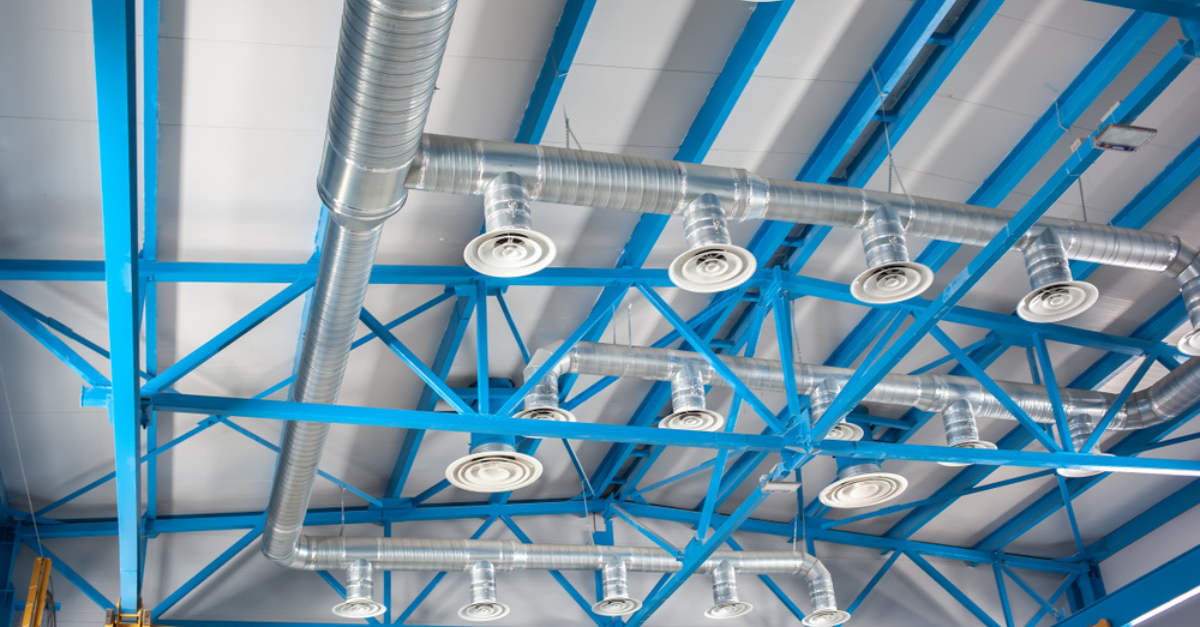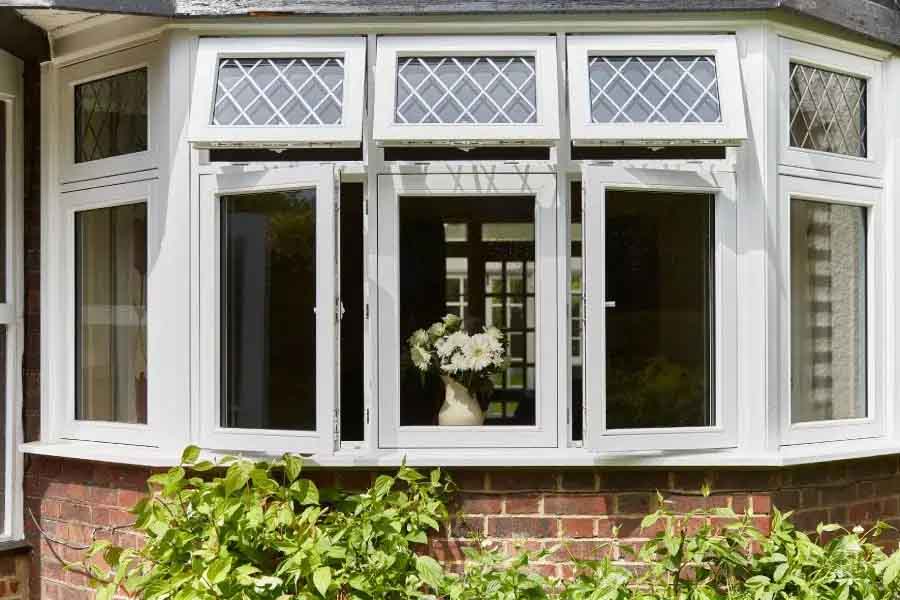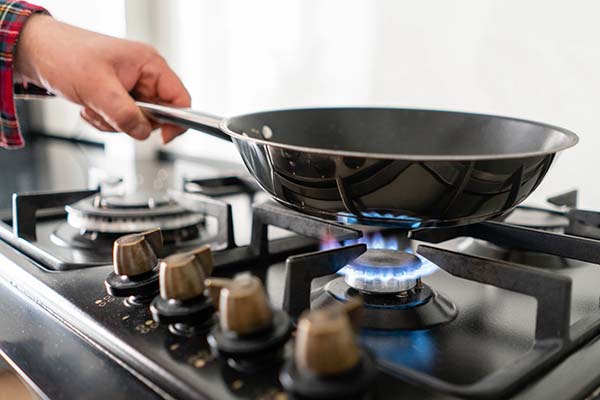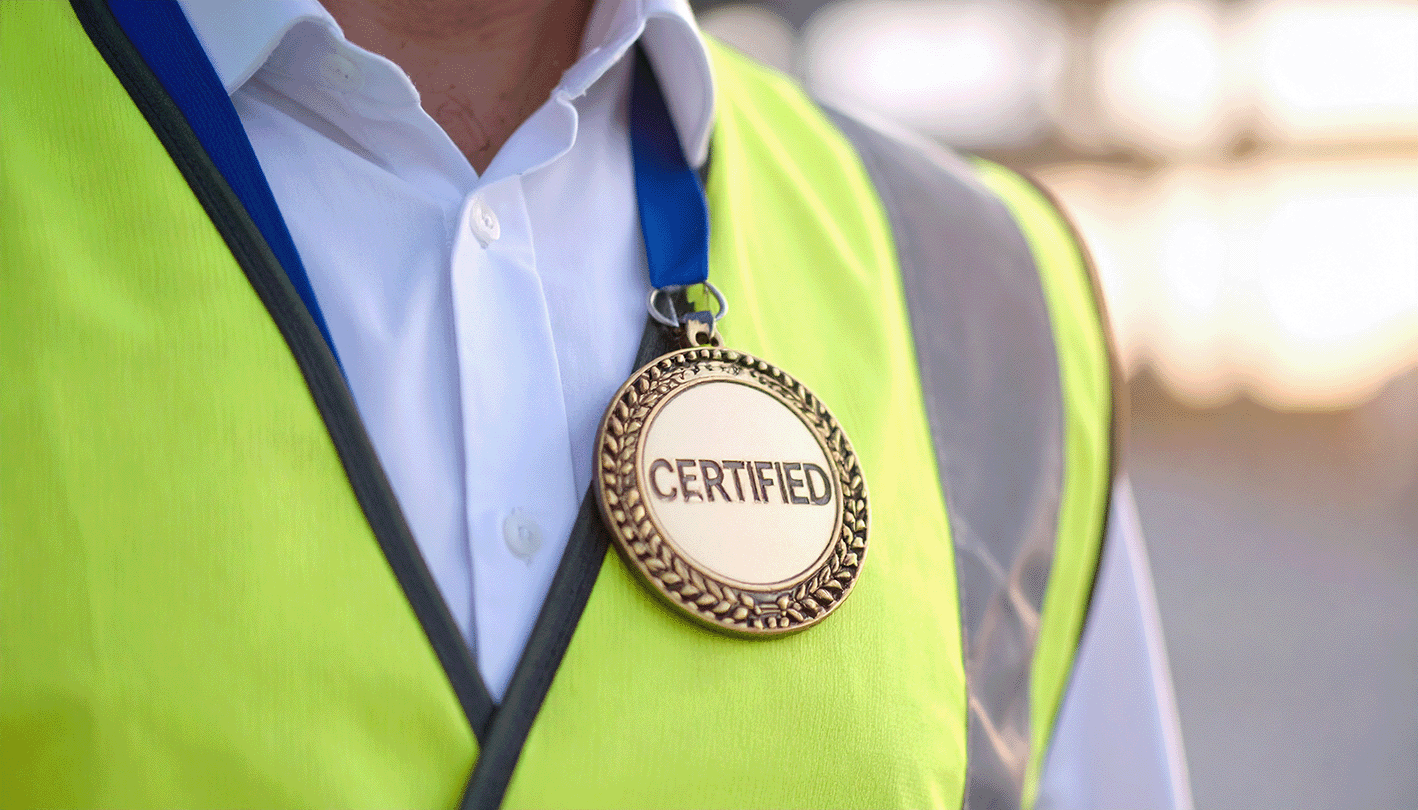5 Signs You Need to Clean Your Air Ducts
Knowing whether your air ducts need cleaning is key to staying cost and energy efficient with your HVAC operation. Cleaning them too early can waste money on maintenance costs, but too late can harm your indoor air quality and drive up energy costs with poorly running ventilation.
While there are some standards that advise on the frequency of cleaning, the trick is to know what to look for when performing your inspections. These are the 7 major signs you should begin cleaning your air ducts.
1. Mould, dust or debris buildup
This one is fairly simple. If you can see mould growth inside the ducts or on other components of your HVAC system, it's a clear sign that cleaning is needed. And if you notice a significant amount of dust and debris being released into the space from the supply grilles, remove the grilles and you will likely find a buildup.
2. Allergies and respiratory issues
If you or your colleagues are experiencing unexplained allergy symptoms or respiratory problems and other potential causes have been ruled out, dirty air ducts could be the reason. Mould spores irritate the lungs, dust mites trigger allergies, VOCs from chemicals can cause respiratory issues.
Cleaning air ducts can help immediately reduce these issues and keep your occupants or employees happy and productive.
3. Vermin infestation
If you find evidence of pests or rodents in your ductwork, it's essential to clean the ducts to remove any contaminants they may have left behind. Faeces can be breeding grounds for bacteria and viruses that will be blown into the workplace if they are not cleaned up.
4. Unpleasant odours
A musty or unpleasant odour coming from the air vents could be a sign of many nasty airborne pollutants. Musty, earthy smells indicate mould is present in the damp duct environment. This is common in humid climates or leaky ducts. Sour, rotten smells could mean bacteria or viruses are multiplying where moisture has accumulated. Stale, stuffy odours mean contaminants like dust have collected in the ductwork over time. Strong, chemical smells may come from materials like insulation or coatings breaking down and releasing vapours. Smells of urine or decay could mean rodents or insects have died within hard-to-reach ductwork.
5. HVAC system efficiency issues
Reduced airflow or decreased efficiency of your heating or cooling system may suggest a need for duct cleaning. If your pressure drops are higher than normal, there could be a buildup of debris blocking airflow. Dust, debris and contaminant buildup inside ducts reduces their cross-sectional area over time and puts strain on fans and blowers and lowers airflow delivery.
You might notice energy costs going up while the HVAC's effectiveness goes down. Dirt acts as an insulator, hindering the transfer of heated or cooled air through the duct surface meaning more energy is needed to reach the right temperatures.
Filters are also impacted by dirty air ducts. Contaminants are deposited onto filters more quickly when ducts are dirty, requiring more frequent (and costly) filter changes.
How to inspect ductwork
- Consider the building’s age and check the maintenance records.
-
Prepare - Turn off HVAC, get proper gear like masks, gloves, lights. Identify priority areas to inspect.
-
Isolate the system - Seal registers/grilles, cap takeoffs to isolate sections being inspected.
-
Access ductwork - Remove access panels, open ceiling/wall cavities as needed. Use ladders as required.
-
Inspect externally - Check duct wrapping, seams, hangers for damage or leaks from outside.
-
Illuminate internally - Use flashlight to carefully inspect duct interior surfaces for buildup, damage, leaks.
-
Document issues - Note location, extent and type of any issues like dirt, corrosion, holes, blockages. Take photos.
-
Check airflows - Use manometer to check pressures, have helper monitor airflow/suction.
-
Inspect plenums - Carefully access ceiling/floor plenums, check for debris accumulation.
-
Inspect registers - Remove and check grilles, boots and connecting ducts for issues.
-
Reseal access points - Replace access panels, ceiling tiles, ensure ducts remain isolated.
-
Report findings - Detail results of inspection and any recommended repairs/cleaning.
Consider seeking out expert advice
If you are uncertain or have specific health concerns, it's advisable to consult with a professional air hygiene technician to assess your situation and provide guidance tailored to your needs. Additionally, routine maintenance, such as changing filters regularly and ensuring proper system function, can contribute to better indoor air quality.
In some situations, there is a regulatory time limit governing how often air ducts need to be cleaned. To understand all the laws and guidelines, see our article Is Duct Cleaning A Legal Requirement?






